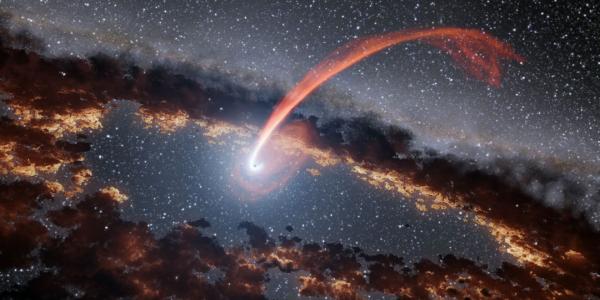Space Sciences/Astrophysics Seminar with Lia Corrales on Short Wavelength Exploration
Short wavelengths of light, from the X-ray to the UV, can be used to probe the abundance and phase (solid versus gas) of the most prevalent metals in the Universe. I will discuss two science frontiers: astromineralogy of the ISM with high resolution X-ray spectroscopy and short wavelength transmission spectroscopy of exoplanet atmospheres. The X-ray energy band is sensitive to absorption and emission by all abundant metals in the interstellar medium (ISM), both in gas and dust form, enabling us to answer key questions in dust grain growth and processing. X-ray photoabsorption features observed in high resolution spectra of Galactic X-ray binaries directly reveal the mineral composition of interstellar dust. I will describe the latest breakthroughs in this area and explain how XRISM, the next space based observatory to deploy an X-ray microcalorimeter, will contribute to the field. On the exoplanet frontier, the high energy environment in which planets evolve is believed to play an important role in the observed demographics of exoplanet populations. I will highlight the work being done in my research group, including work to detect NUV exoplanet transits with the Neil Gehrels Swift Observatory.
Sponsored by the McDonnell Center for the Space Sciences.

